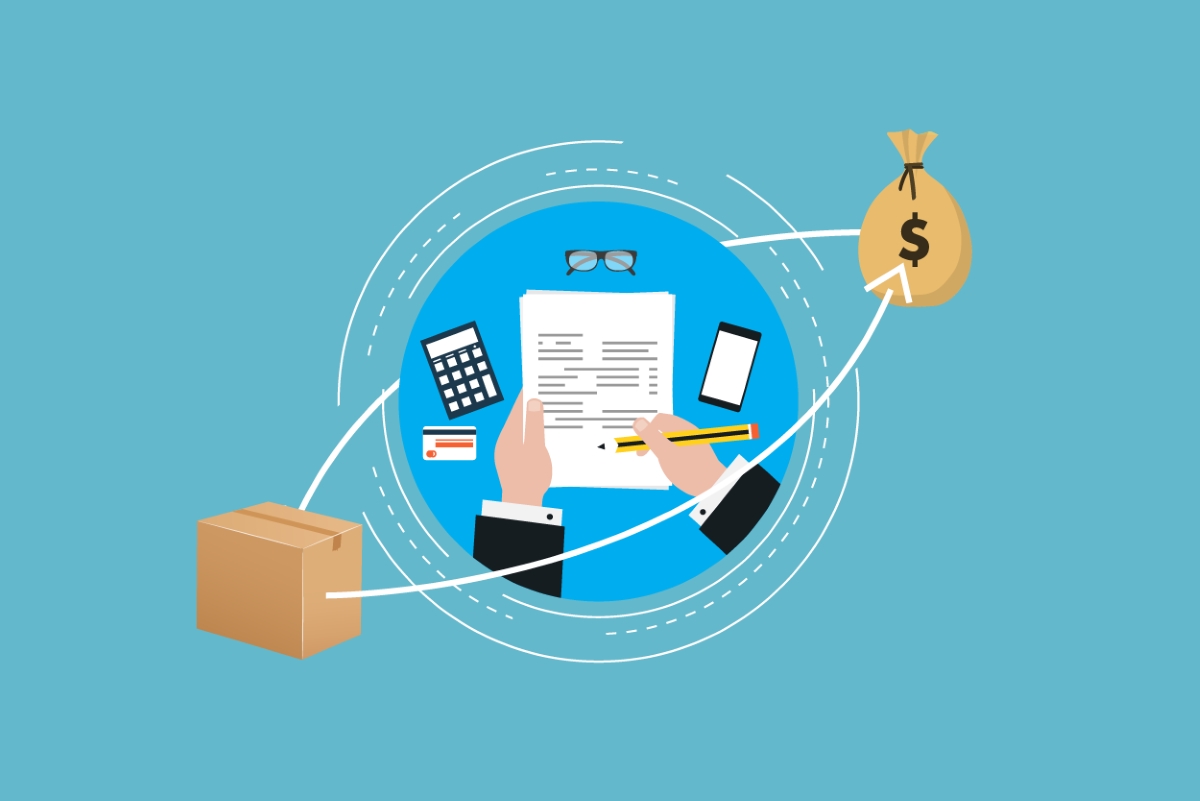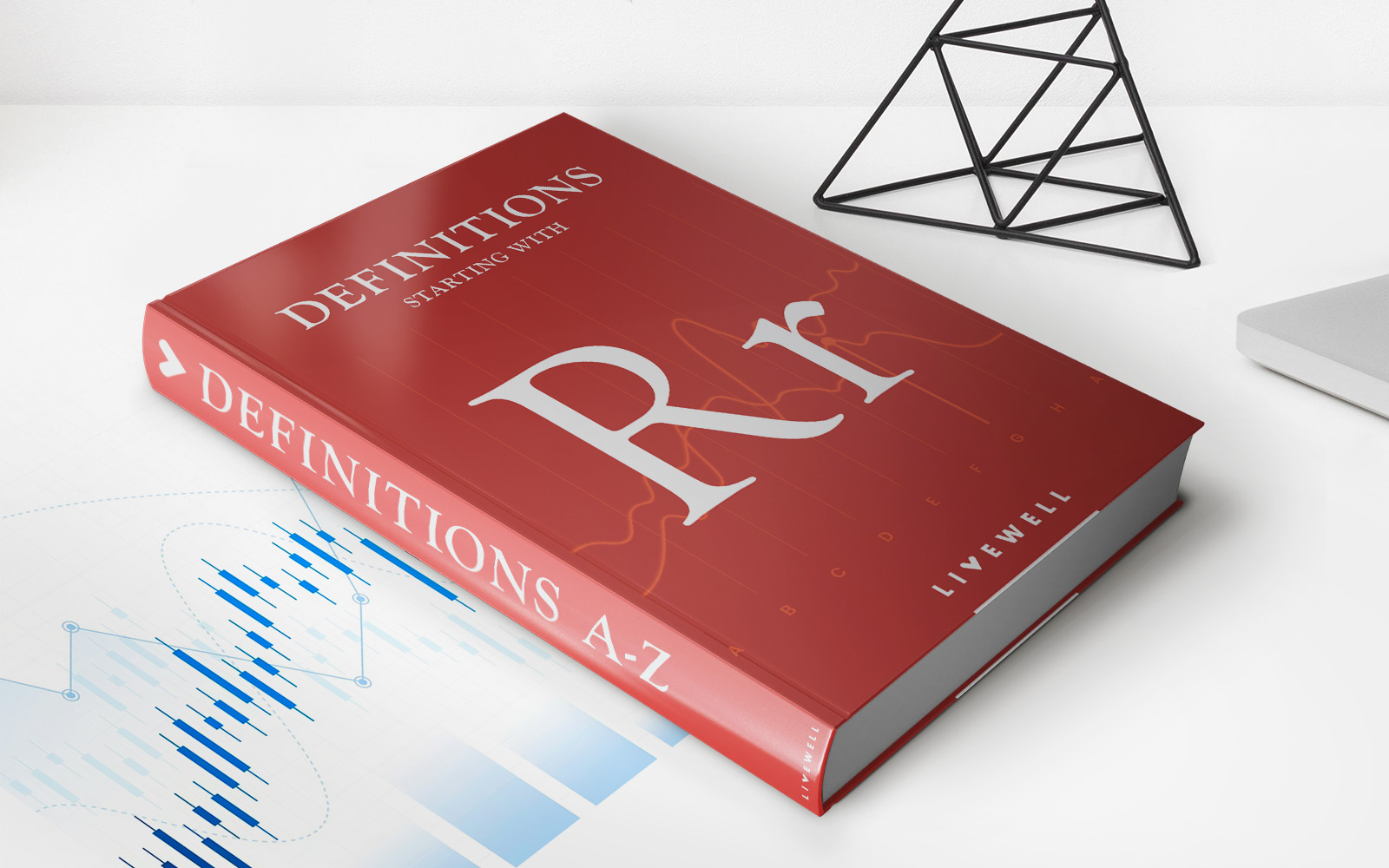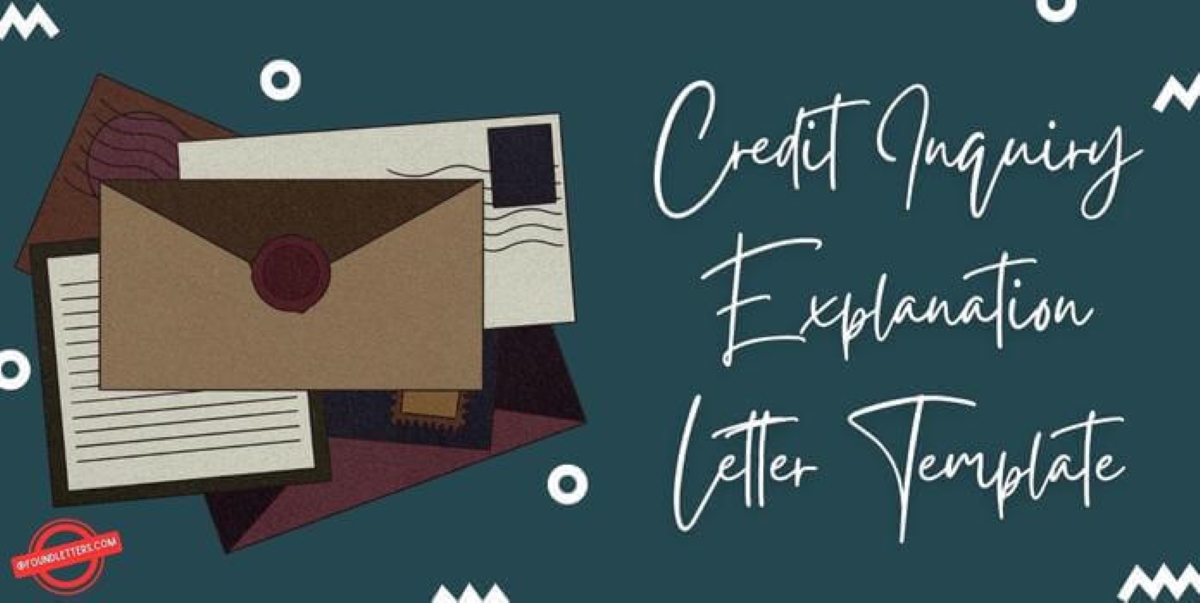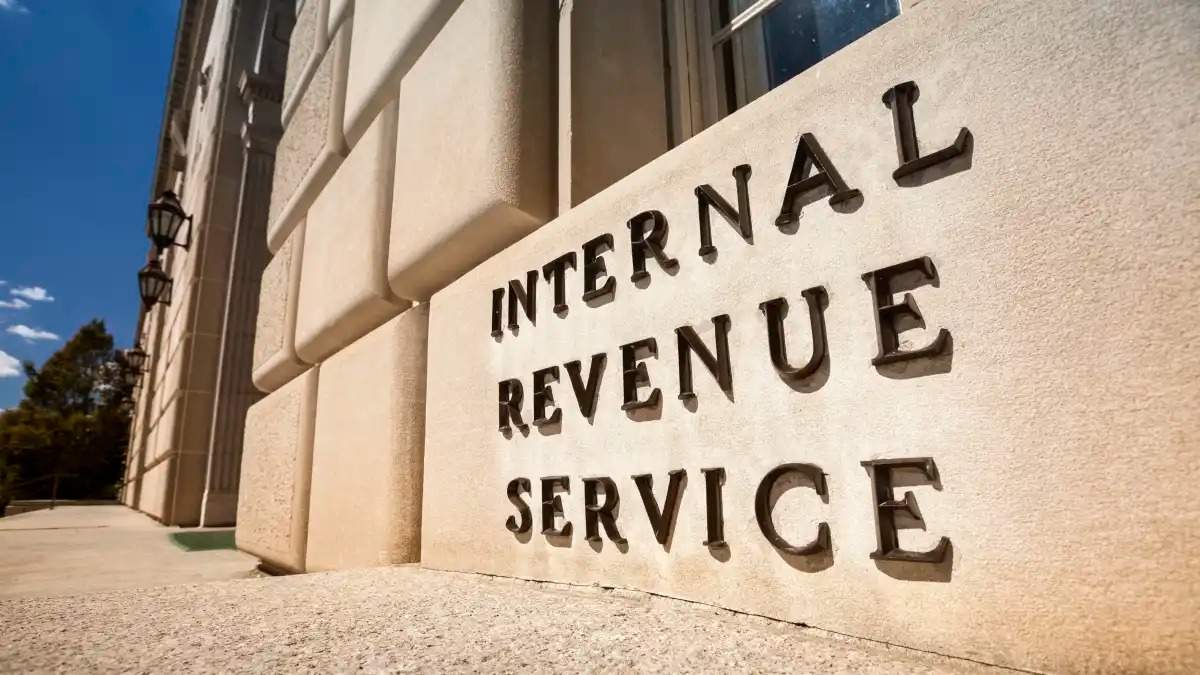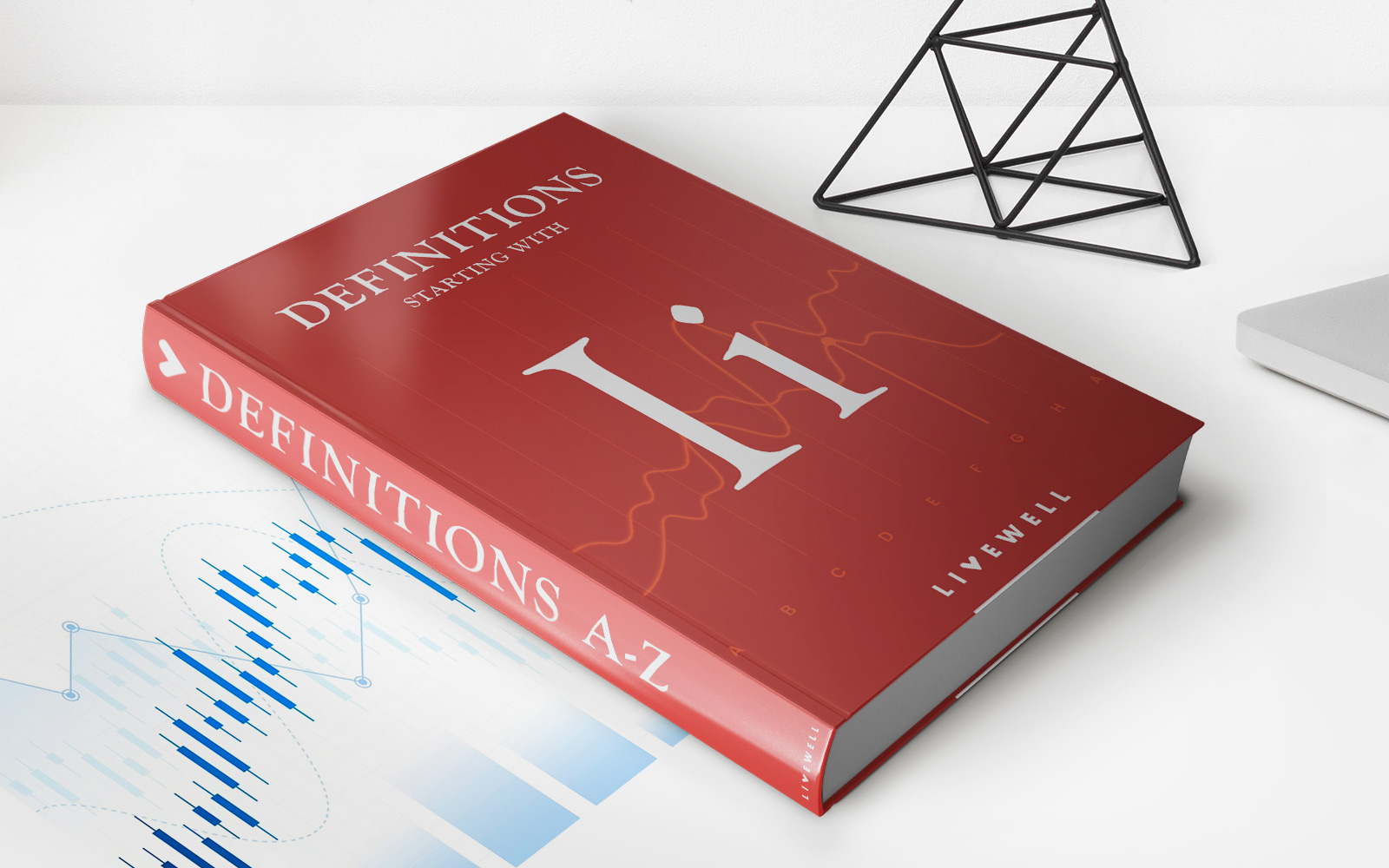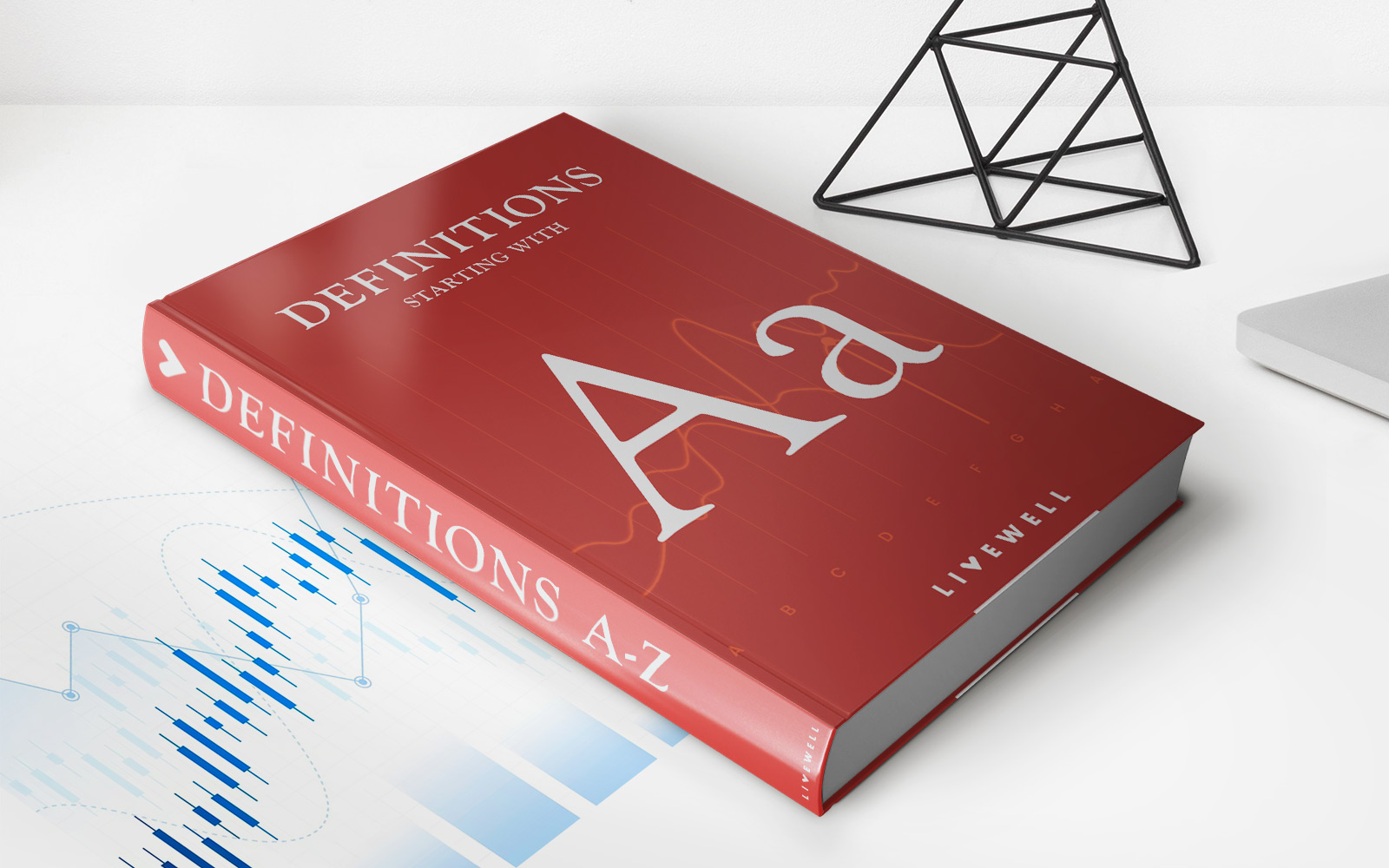

Finance
What Is A Credit Letter Of Explanation
Published: January 6, 2024
Learn what a credit letter of explanation is and why it's important in finance. Understand how to effectively communicate financial situations and improve creditworthiness.
(Many of the links in this article redirect to a specific reviewed product. Your purchase of these products through affiliate links helps to generate commission for LiveWell, at no extra cost. Learn more)
Table of Contents
Introduction
When it comes to financial matters, maintaining a good credit score is crucial. However, there are situations where you may encounter obstacles that result in negative entries on your credit report. These can include late payments, high credit card balances, or even a history of bankruptcy.
In such cases, when you are applying for a loan or mortgage, you may be required to provide a credit letter of explanation. A credit letter of explanation is a written document that outlines the circumstances surrounding negative information on your credit report. It serves as an opportunity to provide a detailed explanation to lenders or creditors, giving them insight into the reasons behind these negative entries.
The purpose of this article is to demystify the concept of a credit letter of explanation, understand when it is needed, and provide you with useful tips for writing an effective one. Additionally, we will include a sample credit letter of explanation to give you a better understanding of how to structure your own.
Whether you are a first-time homebuyer looking for a mortgage, or a small business owner seeking a loan, understanding how to craft a compelling credit letter of explanation can greatly increase your chances of loan approval.
Purpose of a Credit Letter of Explanation
The purpose of a credit letter of explanation is to provide clarity and context to lenders or creditors regarding negative items on your credit report. It allows you to explain any extenuating circumstances that may have led to financial difficulties or inconsistencies in your credit history.
By writing a credit letter of explanation, you can address any concerns that lenders may have about your creditworthiness. It demonstrates your willingness to take responsibility for past financial challenges and provides reassurance that you are taking the necessary steps to improve your financial situation.
A well-written credit letter of explanation can potentially help sway a lender’s decision in your favor, as it allows you to present a compelling case for why you should still be considered a reliable borrower, despite your credit history.
Here are a few key purposes of a credit letter of explanation:
- To provide context: The letter allows you to explain any extenuating circumstances that contributed to negative entries on your credit report. This could include unexpected medical expenses, a job loss, or a divorce. By providing context, lenders can gain a better understanding of your financial situation.
- To demonstrate improvement: If you have experienced past financial difficulties but have taken steps to rectify the situation, the credit letter of explanation is an opportunity to showcase your efforts. You can highlight any actions you have taken to improve your credit score, such as paying off outstanding debts or establishing a history of on-time payments.
- To showcase responsibility: Writing a credit letter of explanation demonstrates your responsibility and commitment to addressing any financial challenges head-on. It shows that you take your financial obligations seriously and are proactive in finding solutions.
Overall, the purpose of a credit letter of explanation is to present a clear and honest account of your credit history, allowing lenders to make an informed decision based on your individual circumstances rather than relying solely on the negative information on your credit report.
When is a Credit Letter of Explanation Needed?
A credit letter of explanation is typically required in situations where you are applying for a loan or mortgage, and there are negative entries on your credit report. Lenders want to understand the reasons behind these negative items and assess whether they are a result of financial irresponsibility or temporary setbacks.
Here are some common scenarios where a credit letter of explanation may be necessary:
- Mortgage applications: When applying for a mortgage, lenders carefully scrutinize your credit history. If there are any recent late payments, defaulted loans, or collections accounts, they may request a credit letter of explanation. This is especially true for government-backed loans, such as FHA and VA loans.
- Auto loans: When applying for a car loan, especially if you have a less-than-perfect credit history, a credit letter of explanation can help lenders assess the risk associated with lending to you.
- Business loans: Small business owners seeking financing may also need to provide a credit letter of explanation. Lenders want to ascertain the creditworthiness of business owners and understand any negative credit events that may have occurred.
- Job applications: In some cases, employers may conduct credit checks as part of the hiring process, particularly for roles that involve handling finances or sensitive information. If negative items appear on your credit report, a credit letter of explanation can help you explain the circumstances and reassure potential employers.
It’s important to note that not all loan applications or situations require a credit letter of explanation. Generally, if there are no negative entries on your credit report or if any negative items are already adequately explained, then there may be no need to provide a credit letter of explanation.
However, it’s always a good idea to be proactive and honest about your credit history. If you anticipate any concerns that may arise due to negative information on your credit report, it may be beneficial to include a credit letter of explanation to address them upfront and increase your chances of approval.
Contents of a Credit Letter of Explanation
When writing a credit letter of explanation, it’s important to include specific information to provide a comprehensive and compelling account of your credit history. While the format and structure may vary, the following are key elements that should be included in your letter:
- Date: Begin the letter with the current date.
- Your information: Include your full name, current address, phone number, and email address. This allows the lender or creditor to easily identify you and contact you if needed.
- Credit reporting agency details: Specify the name(s) of the credit reporting agencies from which you obtained your credit report. This provides transparency and ensures that the lender or creditor can verify the information.
- Explanation of the negative items: Clearly state the negative entries on your credit report that you are addressing in the letter. Be specific about the dates, account names, and amounts of the negative items. Explain the circumstances that led to these negative events, such as job loss, medical emergencies, or divorce.
- Steps taken to rectify the situation: Describe the actions you have taken to improve your credit situation. This may include paying off debts, entering into a repayment plan, or seeking credit counseling. Emphasize any positive changes you have made to demonstrate your commitment to financial responsibility.
- Future financial plans: Provide insights into your future financial plans and goals. Explain how you plan to maintain a positive credit history moving forward. This can include strategies such as budgeting, saving, and responsible credit utilization.
- Contact information: Include your contact information again at the end of the letter, making it clear how the lender or creditor can reach you with any further inquiries or to discuss the contents of the letter.
Remember to keep your credit letter of explanation concise, clear, and professional. Focus on providing factual information and avoid making excuses or using overly emotional language. It’s important to maintain a professional tone throughout the letter.
By including these key elements, you can create a well-rounded credit letter of explanation that provides the necessary information for lenders or creditors to make an informed decision about your creditworthiness.
Tips for Writing a Credit Letter of Explanation
Writing a credit letter of explanation can be a critical step in securing a loan or mortgage. To ensure your letter is effective and impactful, consider the following tips:
- Be honest and transparent: Honesty is key when writing a credit letter of explanation. Provide a truthful account of the circumstances surrounding the negative entries. Lenders appreciate transparency and are more likely to consider your explanation when it is genuine.
- Keep it concise and focused: While you want to provide enough detail to explain the negative items, avoid going into unnecessary or excessive information. Keep your letter concise and focused on the main points to maintain the reader’s attention.
- Stick to the facts: Provide factual information to support your explanation. It’s important to back up your claims with accurate details, such as specific dates, account numbers, and amounts. Avoid exaggerations or embellishments.
- Highlight positive steps: Along with explaining the negative events, emphasize any positive steps you have taken to improve your credit situation. This can include efforts to pay off debts, establish a history of on-time payments, or seek professional financial advice. Demonstrating your proactive approach helps to reinforce your ability to manage your finances responsibly.
- Proofread for clarity and professionalism: Before submitting your credit letter of explanation, carefully proofread it for any grammatical or spelling errors. Ensure it is well-structured and maintains a professional tone throughout. A clear and polished letter demonstrates your attention to detail and professionalism.
- Personalize your letter: Tailor your credit letter of explanation to the specific lender or creditor. Research their requirements and address any concerns or questions they may have directly. This shows your dedication and effort in understanding their perspective.
- Seek guidance if needed: If you’re unsure about how to proceed or need assistance in writing your credit letter of explanation, consider consulting with a financial advisor or credit counseling service. They can provide guidance and help you effectively communicate your situation.
- Include supporting documentation if available: If you have any supporting documentation, such as payment receipts, letters of recommendation, or proof of income stability, it can strengthen your case. Include these documents along with your credit letter of explanation to provide additional evidence of your financial responsibility.
Remember, the goal of your credit letter of explanation is to provide a clear and compelling explanation of your credit history. By following these tips, you’ll increase the likelihood of lenders or creditors positively considering your application and understanding the circumstances behind your negative credit items.
Sample Credit Letter of Explanation
Below is a sample credit letter of explanation to help you understand how to structure and present your own letter:
——————-
Date: [Date]
[Your Full Name]
[Your Current Address]
[Your Phone Number]
[Your Email Address]
Credit Reporting Agency:
[Name of Credit Reporting Agency]
Subject: Credit Letter of Explanation
Dear [Lender/Creditor’s Name],
I am writing this letter to provide an explanation for the negative entries on my credit report. I recently obtained a copy of my credit report from [Name of Credit Reporting Agency], and I understand the concerns that may arise from these items. I want to address them directly and provide insight into the circumstances surrounding each negative entry.
1. Late Payment (Credit Card):
Account Number: [Account Number]
Date of Late Payment: [Date of Late Payment]
Amount: [Amount]
Explanation: Due to unforeseen medical expenses, I faced a financial hardship that made it difficult for me to make timely payments. I have since recovered from this setback and have established a strict budget to ensure all future payments are made on time.
2. Collection Account:
Account Number: [Account Number]
Date of Collection: [Date of Collection]
Amount: [Amount]
Explanation: As a result of unexpected job loss, I struggled to meet my financial obligations at that time. However, I have since gained stable employment and successfully negotiated a repayment plan with the collection agency. I am committed to fulfilling this agreement and clearing the outstanding balance.
3. Bankruptcy:
Chapter: [Chapter]
Date of Bankruptcy: [Date of Bankruptcy]
Explanation: I found myself in a difficult financial situation due to circumstances beyond my control, leading to the decision to file for bankruptcy. Since then, I have undertaken financial education courses, and I now have a better understanding of managing my finances responsibly. I have been diligent in rebuilding my credit and have demonstrated responsible credit behavior ever since.
Moving forward, I have implemented several strategies to ensure a positive credit history. These steps include creating a realistic budget, tracking my expenses meticulously, and limiting credit card utilization to improve my debt-to-credit ratio. I am committed to maintaining a strong credit position and effectively managing my financial obligations.
Please feel free to contact me at your convenience if you require any further information or documentation regarding my credit history. I sincerely appreciate your consideration and understanding of my circumstances.
Thank you for your time and attention.
Sincerely,
[Your Full Name]
[Your Contact Information]
——————-
Note: This is just a sample and should be customized to reflect your specific situation and the information you need to provide.
Remember to be honest, provide accurate details, and maintain a professional tone throughout your credit letter of explanation. This sample serves as a guide to help you structure your letter and effectively communicate to lenders or creditors.
Conclusion
Writing a credit letter of explanation can be a crucial step in securing a loan or mortgage, especially when there are negative entries on your credit report. By providing a clear and comprehensive account of the circumstances surrounding these negative items, you can increase your chances of loan approval.
In this article, we discussed the purpose of a credit letter of explanation and when it is typically needed. We explored the contents that should be included in your letter, such as providing context, demonstrating improvement, and showcasing responsibility. Additionally, we provided tips to help you craft an effective credit letter of explanation, including being honest, keeping it concise, and highlighting positive steps you have taken.
Remember, a well-written credit letter of explanation can help lenders or creditors understand your financial journey, address any concerns, and make an informed decision about your creditworthiness. It is important to personalize your letter, proofread it for clarity, and include supporting documentation if available.
Keep in mind that a credit letter of explanation is just one part of the loan or mortgage application process. It is essential to continue working on improving your credit score, paying bills on time, and practicing responsible financial habits.
By taking the time to craft a thoughtful and persuasive credit letter of explanation, you can provide lenders or creditors with the information they need to make an informed decision. With determination, responsible financial management, and a compelling credit letter of explanation, you can overcome past financial challenges and move towards a brighter financial future.
